Bees in the U.S. are videos of erotic sexmore endangered than ever, requiring protection under the Endangered Species Act for the very first time back in October.
Now a college student in Georgia is showing the world just how environmentally vital these creatures really are -- by creating a bee drone that pollinates flowers.
SEE ALSO: National Geographic's 'Origins' is like 'Cosmos' but about the nature of human civilizationAnna Haldewang, a 24-year-old senior at the Savannah College of Art and Design, created a black and yellow device called Plan Bee as a design project for a class.
It's a single prototype that's made out of foam, plastic and a set of propellers that takes it into the air. When you flip the hand-sized drone upside down, it looks like a flower with six little sections that mimic petals. Those sections each contain tiny holes that the drone uses to suck in pollen. From there, the drone stores that pollen and later releases it during cross-pollination.
 Original image has been replaced. Credit: Mashable
Original image has been replaced. Credit: Mashable For now, Haldewang's design project hasn't been mass-produced or marketed. But she has high hopes for the prototype. Since her invention does all the great things a real-life bee does, it could one day be used as an educational tool for humans.
"I would love to see people use it in their backyards and even create custom gardens with it," Haldewang told CNN. "With an actual bee, it's so small you don't notice it and how it's pollinating flowers. With the drone you can see how the process works."
The pollination that bees do is essential for flowers receiving the nutrients they need and, thus, for the food chain to continue functioning properly. And there's some pretty important environmental benefits to this routine process of nature. For one, pollinated flowers release breathable oxygen into the air during photosynthesis. Aside from this cleaner air, the flowering plants also help water and soil in some pretty cool ways.
"Flowering plants help to purify water and prevent erosion through roots that holds the soil in place," states the U.S. Department of Agriculture website, adding that the actual foliage of these plants offers a buffer that protects the ground during heavy rainfall.
This isn't the first time the magical pollinating abilities of bee has been mimicked by robots.
This isn't the first time the magical pollinating abilities of bee has been mimicked by robots. Just days ago, the results of a Japanese study about bee drones were published in the academic journal Chem.
Haldewang, an industrial design student, first came up with the idea to make an artificial bee when her professor assigned a project that needed to be self-sustainable and help the growth of plants.
Right now the Plan Bee drone may be seen as more of an educational tool, but that could change one day, according to Victor Ermoli, dean of the school of design.
"The design is self-explanatory and it offers a very clever solution," he told CNN. "It could conceivably be used in large-scale farming, even in hydroponic farming."
Topics Nature
(Editor: {typename type="name"/})
 Best robot vacuum deal: Save $500 on Roborock Qrevo Edge
Best robot vacuum deal: Save $500 on Roborock Qrevo Edge
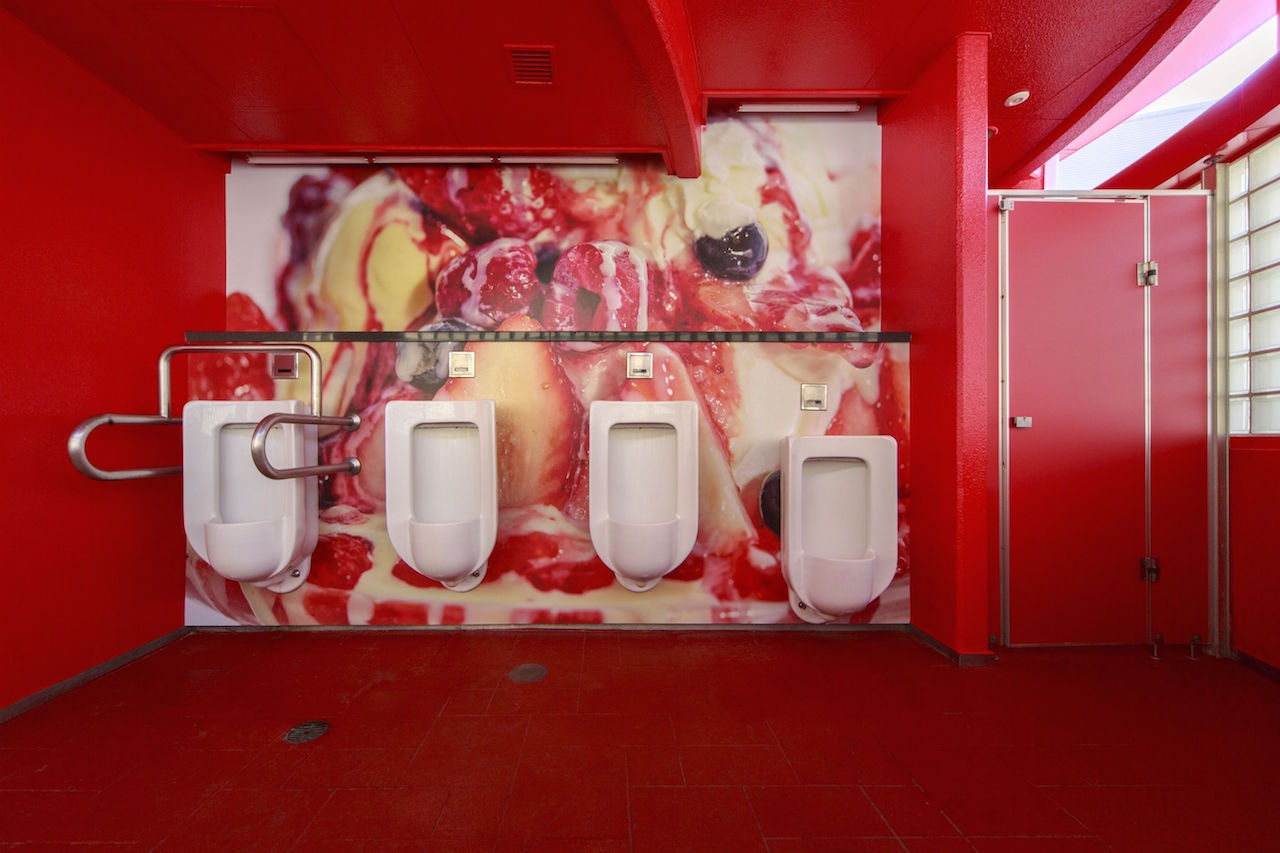 The Future of Toilet Art Is in Japan
The Future of Toilet Art Is in Japan
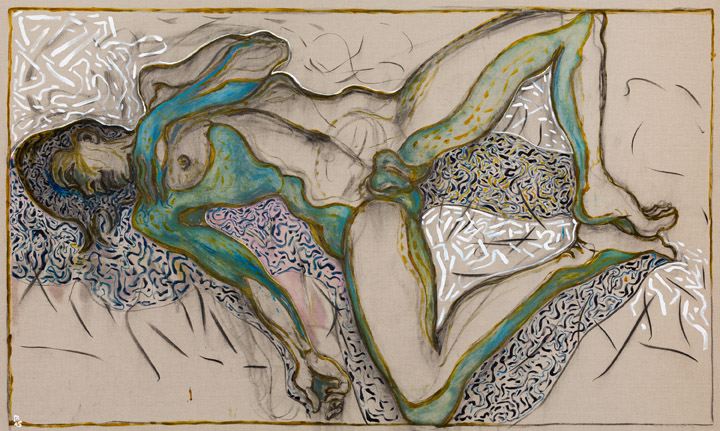 “I Just Paint”: The Personal, Sincere Art of Billy Childish
“I Just Paint”: The Personal, Sincere Art of Billy Childish
 Elon Musk sued by college grad he falsely accused of being a 'fed' posing as a neo
Elon Musk sued by college grad he falsely accused of being a 'fed' posing as a neo
 Best robot vacuums from CES 2025: Most are cool, only some are practical
Best robot vacuums from CES 2025: Most are cool, only some are practical
Use Gmail Filters to Automate your Inbox
'Quordle' today: See each 'Quordle' answer and hints for October 3, 2023
 If Quordleis a little too challenging today, you've come to the right place for hints. There aren't
...[Details]
If Quordleis a little too challenging today, you've come to the right place for hints. There aren't
...[Details]
Made By Google 2023: What to expect from the Pixel 8 event
 Google has a new Pixel phone coming out. There's a big event on Wednesday to show it off. We've been
...[Details]
Google has a new Pixel phone coming out. There's a big event on Wednesday to show it off. We've been
...[Details]
Hotel Life: An Interview with Joanna Walsh
 Travel Souvenirs: An Interview with Joanna WalshBy Erik MorseSeptember 22, 2015At WorkJoanna WalshJo
...[Details]
Travel Souvenirs: An Interview with Joanna WalshBy Erik MorseSeptember 22, 2015At WorkJoanna WalshJo
...[Details]
NYT Connections Sports Edition hints and answers for January 16: Tips to solve Connections #115
 Connections: Sports Editionis a new version of the popular New York Times word game that seeks to te
...[Details]
Connections: Sports Editionis a new version of the popular New York Times word game that seeks to te
...[Details]
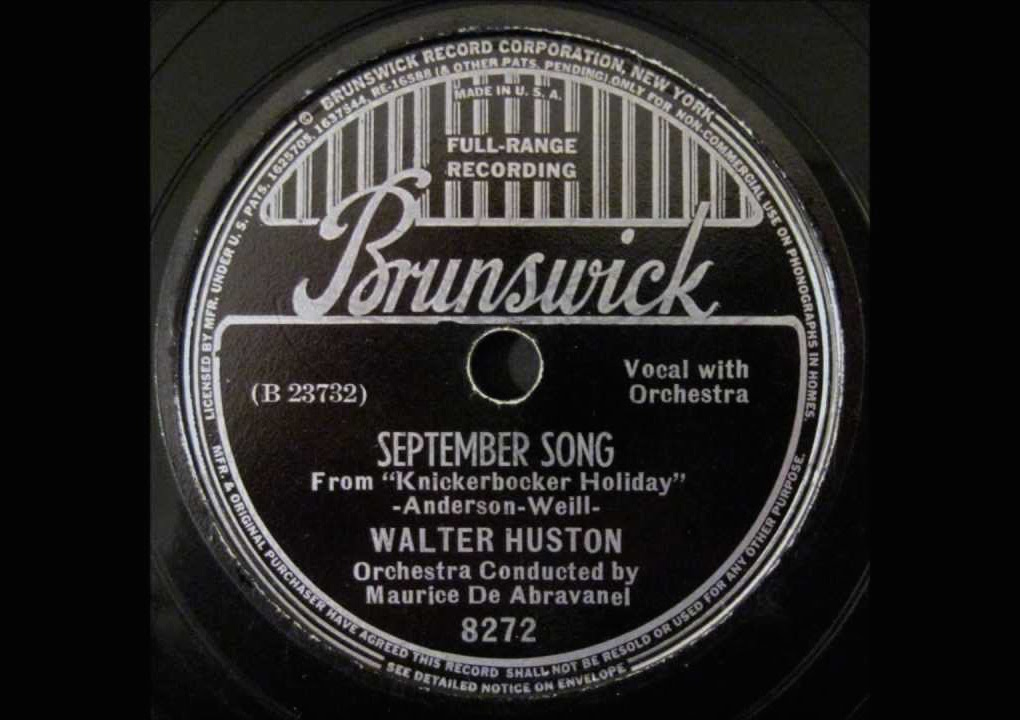 The Waiting GameBy Sadie SteinSeptember 3, 2015Our Daily CorrespondentThe first release of “Septembe
...[Details]
The Waiting GameBy Sadie SteinSeptember 3, 2015Our Daily CorrespondentThe first release of “Septembe
...[Details]
Padgett Powell’s Fearless, Fecal Writing Advice
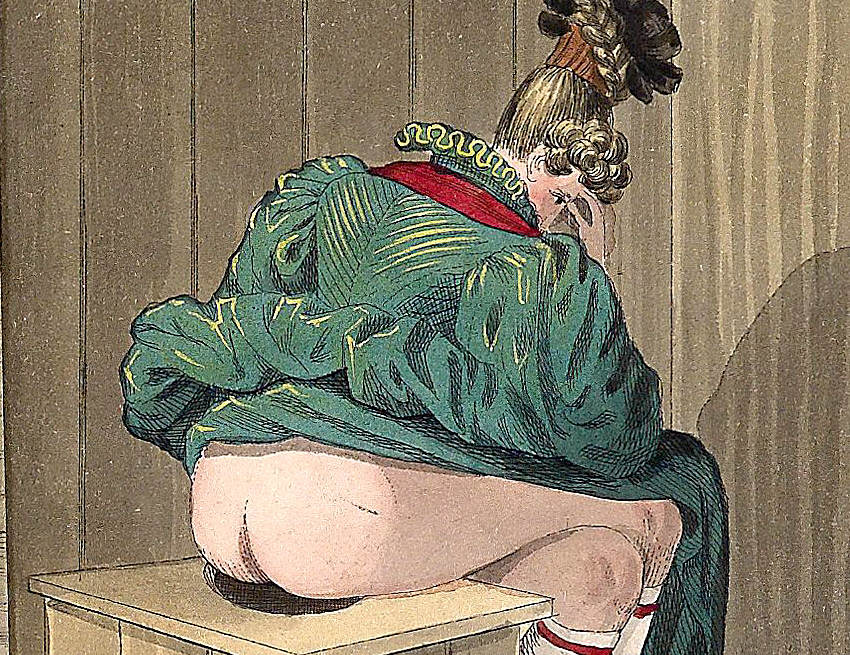 Cherish the Poop You Are Full of, and Other NewsBy Dan PiepenbringSeptember 11, 2015On the ShelfAnon
...[Details]
Cherish the Poop You Are Full of, and Other NewsBy Dan PiepenbringSeptember 11, 2015On the ShelfAnon
...[Details]
Staff Picks: Padgett Powell, John Berger, and More
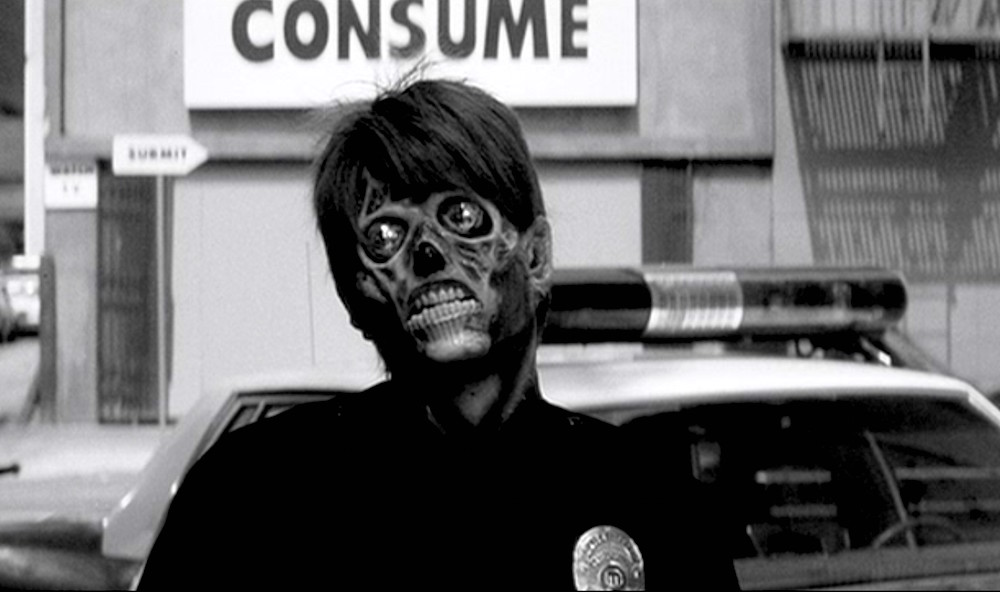 Staff Picks: Yeltsin and YellingBy The Paris ReviewSeptember 11, 2015This Week’s ReadingFrom They Li
...[Details]
Staff Picks: Yeltsin and YellingBy The Paris ReviewSeptember 11, 2015This Week’s ReadingFrom They Li
...[Details]
Did Elon Musk push former FAA leader out? Trump admin responds after deadly plane crash
 In the late evening hours of Jan. 29, a U.S. Army helicopter collided with a descending American Air
...[Details]
In the late evening hours of Jan. 29, a U.S. Army helicopter collided with a descending American Air
...[Details]
Prime Day Echo Show deal: Save on Echo Show 10, more
 As of Oct. 2, Amazon is already dropping prices on Echo Show devices. Score pre-Prime Day deals on t
...[Details]
As of Oct. 2, Amazon is already dropping prices on Echo Show devices. Score pre-Prime Day deals on t
...[Details]
Did Elon Musk push former FAA leader out? Trump admin responds after deadly plane crash

Lawrence Ferlinghetti’s Travels in California, 1961

接受PR>=1、BR>=1,流量相当,内容相关类链接。